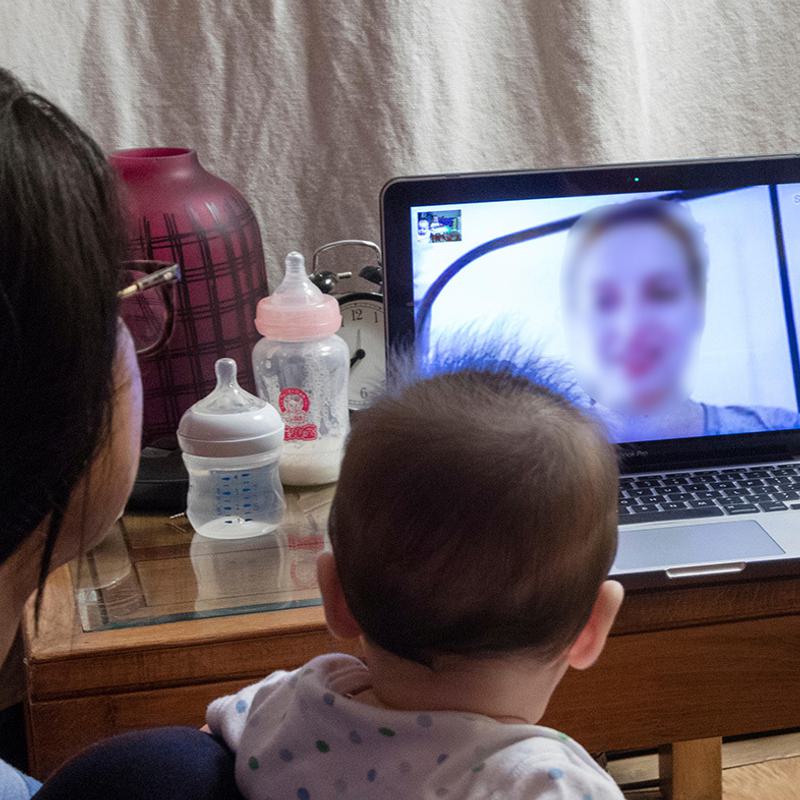Closing the Distance The Impact of Video Visits on Washington State Prisons

Overview
For people who are incarcerated, separation from family and friends is a difficult fact of life, as are the financial and logistical barriers that keep their loved ones from visiting them in prison. Because research has shown that contact with loved ones is a critical factor in improving outcomes for incarcerated people returning home, prison systems are increasingly turning to video technology as another medium beyond in-person visits for face-to-face contact. One state, Washington, began introducing video visit service in its prisons in 2013. This report examines who has used Washington State’s video visiting service since its inception, how service use affected the number of in-person visits people in prison received, and whether it had any effect—either as a stressor or a source of motivation—on their behavior.
Key Takeaway
People who regularly used video visits experienced a significant increase in the number of in-person visits they received, suggesting that video visits helped people strengthen bonds with their loved ones. However, high costs and poor-quality service meant that video visits alone may not be enough to overcome the difficulties some people experience in remaining connected to their communities.
Publication Highlights
People who regularly used the video visit service saw an increase of 40-50% in the number of in-person visits they received, when compared with non-users of the service.
Incarcerated people in Washington reported that the cost and quality of the video service discouraged them from making greater use of it.
Using the service did not have a significant impact on in-prison behavior, as measured by the number and severity of rule violations people committed.
